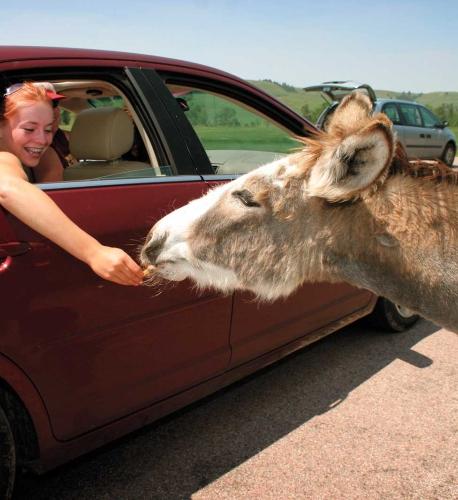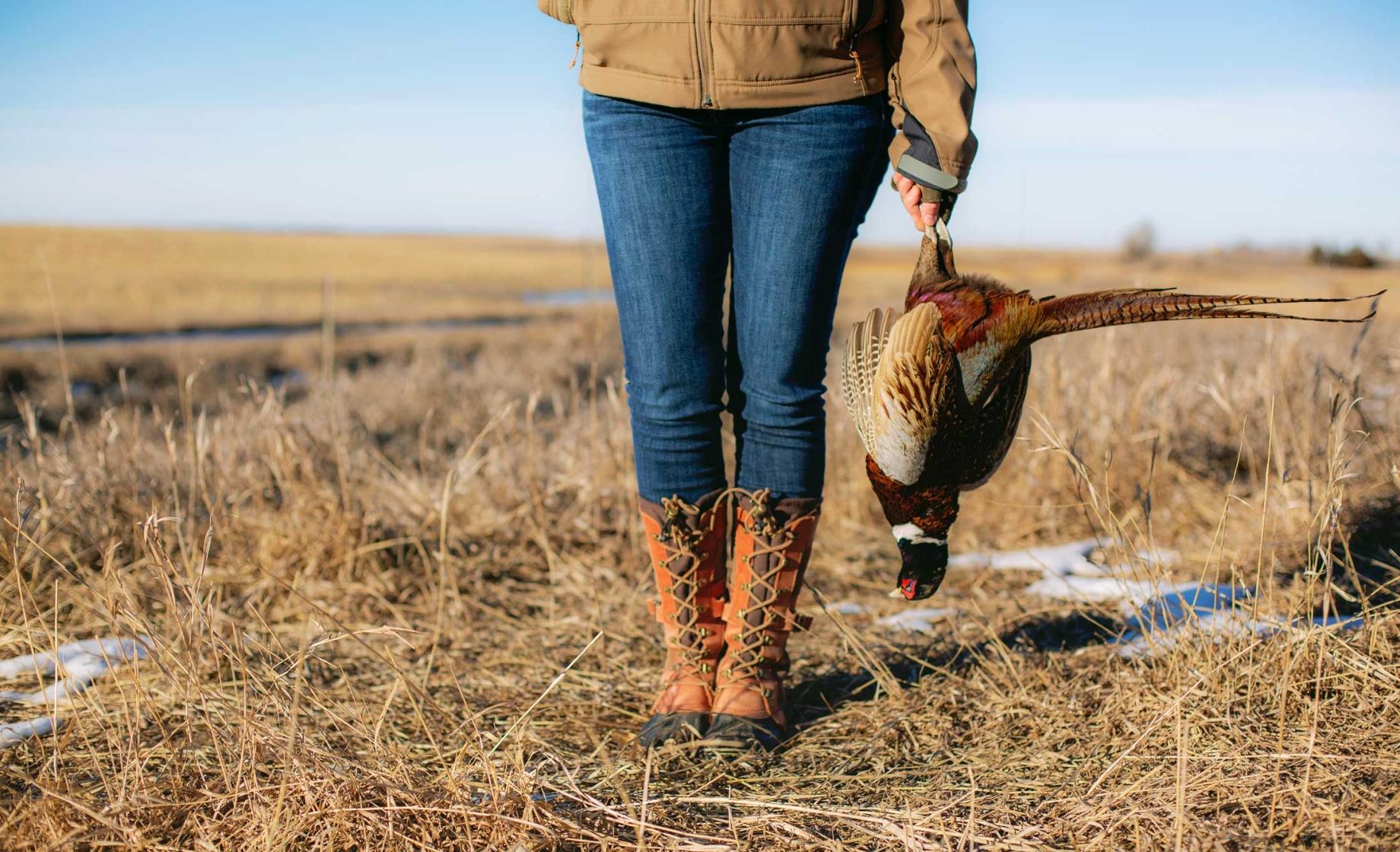
Did you know that South Dakota is one of the few states that hunts their state bird? The state is full of reasons why residents and visitors are wild about pheasant hunting in SoDak.
South Dakota is widely considered a sportsman’s paradise — and pheasant hunting is definitely the most popular form of upland hunting. While these birds can be found in a wide variety of habitats, being successful in the field isn’t always guaranteed. Here are five tips to increase your solo hunting odds.
1. DO THE PREP WORK
This is quite possibly the most important step in preparation for your South Dakota pheasant hunt. Without the prep work, the other steps won’t really matter. Start by heading over to the South Dakota Game, Fish, & Parks website to get your hunting license. I also recommend downloading the SDGFP Go Outdoors South Dakota app. With it, you can purchase and store your licenses. The app includes regulations and public land maps, and you can also access maps here. I recommend getting a paper copy of the public land maps as well. This atlas is free and available anywhere licenses are sold.
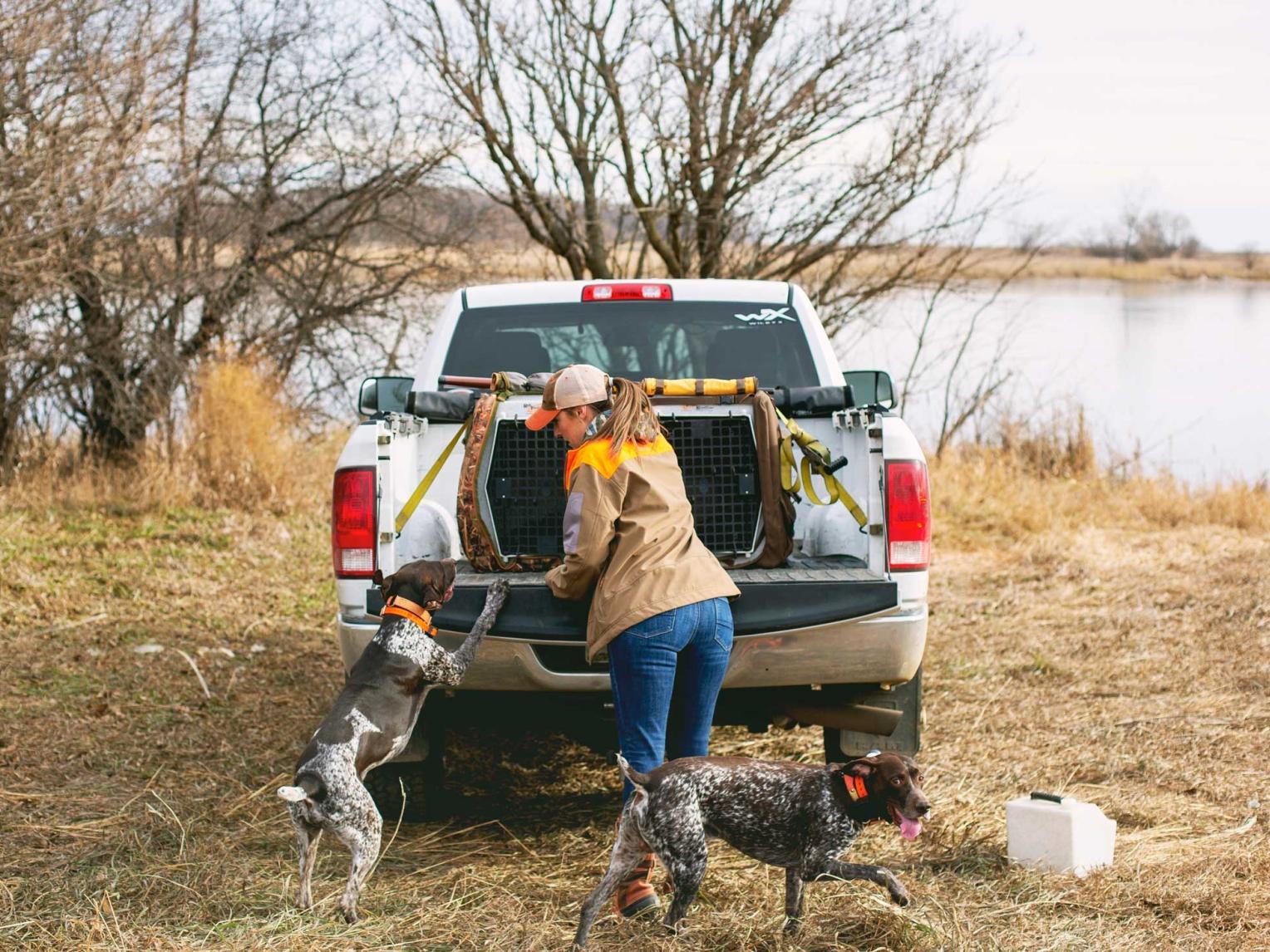
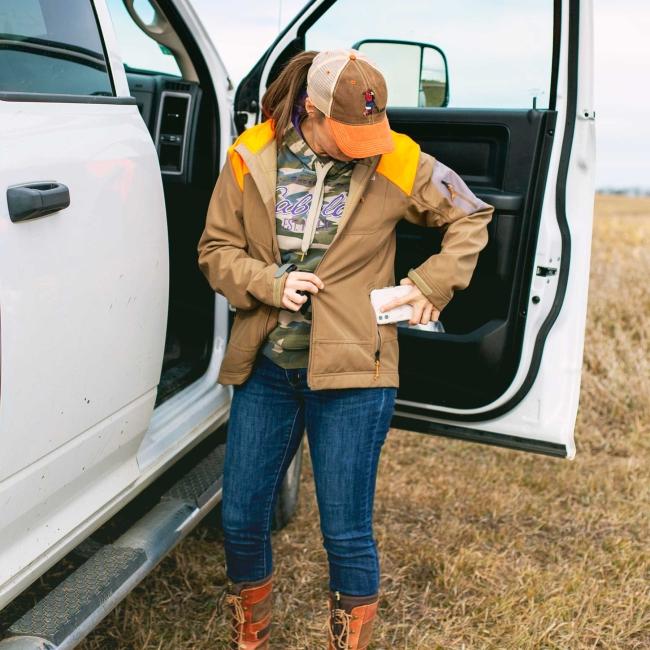
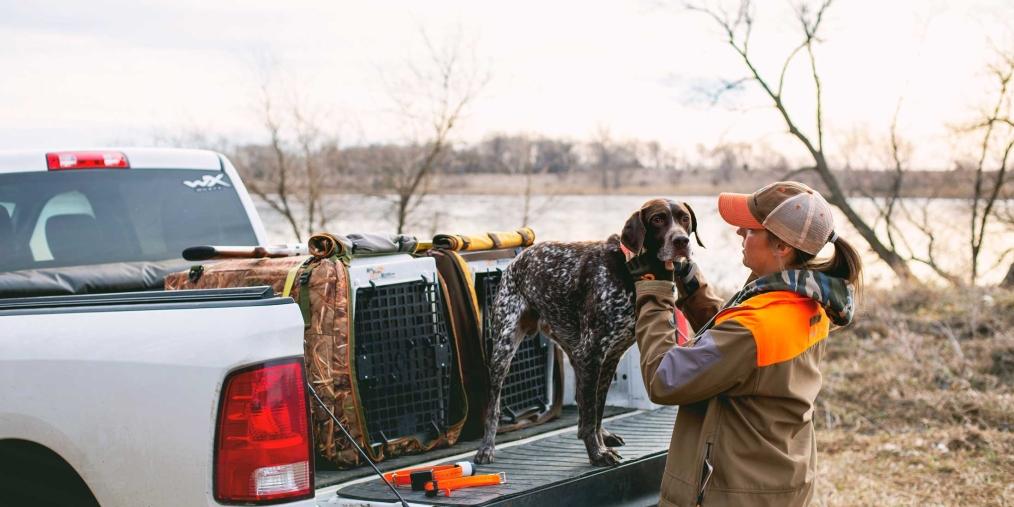
Ensuring you have the proper pheasant hunting gear is an essential part of doing the prep work. You’ll want some form of hat, whether it be a ball cap or beanie — I like orange to make sure the top of my head is seen by others. Get yourself an upland vest to help with carrying gear and birds. You’ll need a jacket for those cold days — ones made specifically for bird hunting are more protective from some of the brush you will be walking through. Get a pair of durable pants — you can get fancy upland hunting pants, but I just wear a pair of jeans. You’ll want a pair of tall, somewhat waterproof or water-resistant boots that cover up the lower portion of your leg. Finally, make sure you have a shotgun that fits you well — and you're comfortable shooting — along with plenty of shells.
Next, do a double-check that your bird dog has all the essentials ready to go. Round up your beeper collars and/or e-collars, protective vests to keep their chest from getting destroyed, a first aid kit, and a jug of water with a water dish.
2. UNDERSTAND THE REGULATIONS
Knowing the hunting regulations in South Dakota will save you a lot of heartache and wasted time. As mentioned above, make sure you've purchased your license. Either print out a copy to have with you when hunting, or keep it on the SDGFP app — just don’t forget your phone. If you get stopped by a conservation officer, you don’t want to be without proof of license.

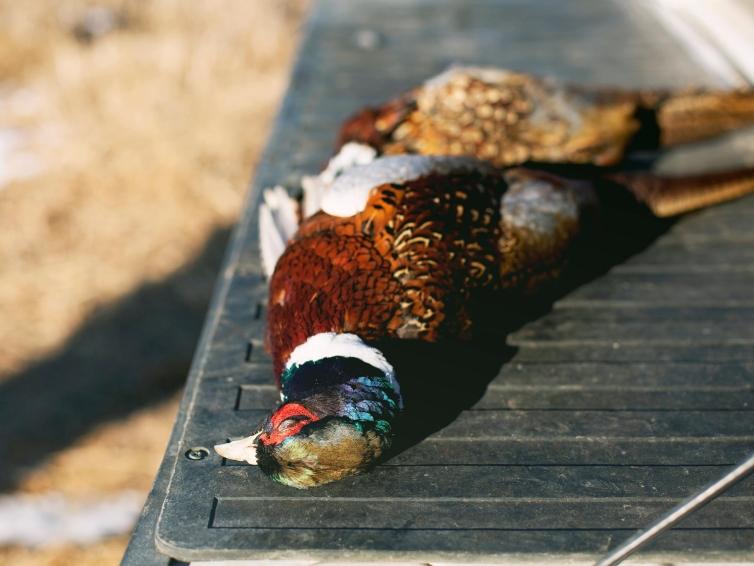
Hunting starts at 10 a.m. — make sure you also know what time zone you are in since about half of South Dakota resides in Mountain Time and the other half in Central Time.
The daily limit for South Dakota pheasant is three roosters. If you clean your birds, you are required to leave the head, a fully feathered wing, or a foot to prove species and sex of the bird.
If you are hunting in a Waterfowl Management Area (WMA), make sure you are using a steel and/or non-toxic shot. It is good practice in general to use a non-toxic shot when hunting any public land.
3. CHECK THE WEATHER
If you have some flexibility in when you will be heading out to hunt, you'll be at an advantage to select the best days to increase your chances of success in the field. Basically, the crumbier the weather, the better it will be for pheasant hunting in South Dakota. This means you should be prepared to endure the snow, wind and cold.


We absolutely love hunting after it snows because the minute you step into the field, you’ll be able to see — or not see — pheasant tracks, which will give you immediate confidence in that hunting spot. Cold weather also gives your dog a longer distance for scent. The wind can help serve as noise cancellation.
4. CHOOSE THE BEST HABITAT
South Dakota has more than 5 million acres of public land. Take a look at the public hunting atlas to find the pieces of public land closest to you, and determine how far you are willing to go to increase your chances of success.
Land access for the general public is managed through a variety of programs such as walk-in and Conservation Reserve Enhancement Program areas. All of this land access is published in an annual Public Hunting Atlas released in August of each year. I recommend accessing the South Dakota Public Hunting Atlas online. Download a copy to your phone for offline use, and pick up a paper copy wherever licenses are sold.
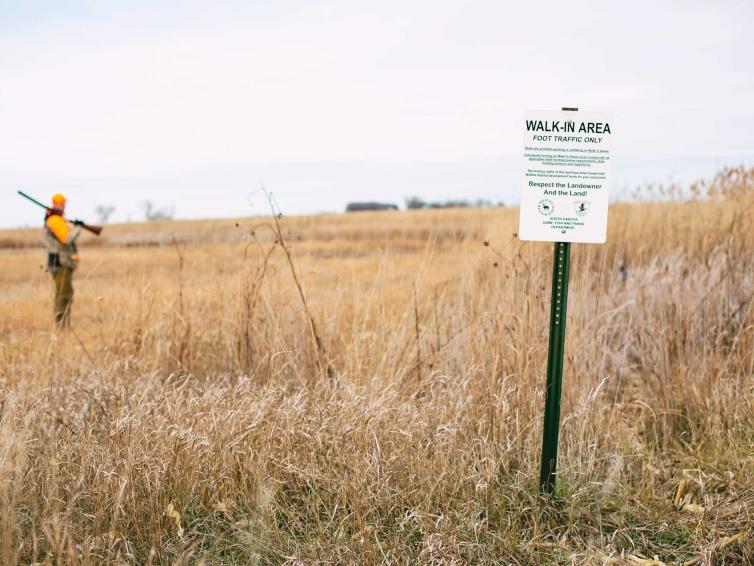

Finding pieces of public land that have food and/or cover is ideal. Even better is finding that piece of public land where 1) food meets cover or 2) is adjacent to fields that can serve as food (i.e. corn, wheat, milo, or other grain). These spots tend to hold more birds since there is a food source nearby. Pheasants also need cover for protection from predators and the elements.
One suggestion I have for those that hunt alone and/or with just one dog is to hunt the smaller patches that most people would pass up. These smaller swathes are easier for one dog (and person) to cover.
Be sure to walk into the wind if at all possible, and always walk to the end of the field. Walk along the edges, preferable between two types of habitat. Cattail sloughs are also great, especially during the late season.
5. BE PATIENT, PERSISTENT & FLEXIBLE
Public land hunting isn’t easy. Depending on the piece of land, it could be require patience and persistence. Be prepared to walk (and possibly drive) a lot. The deeper you can go, further away from the roads and into a piece of public land, the more successful you will be. Many pheasant hunters won’t venture too far from the truck, so this can give you an advantage if you are willing to put in the legwork.
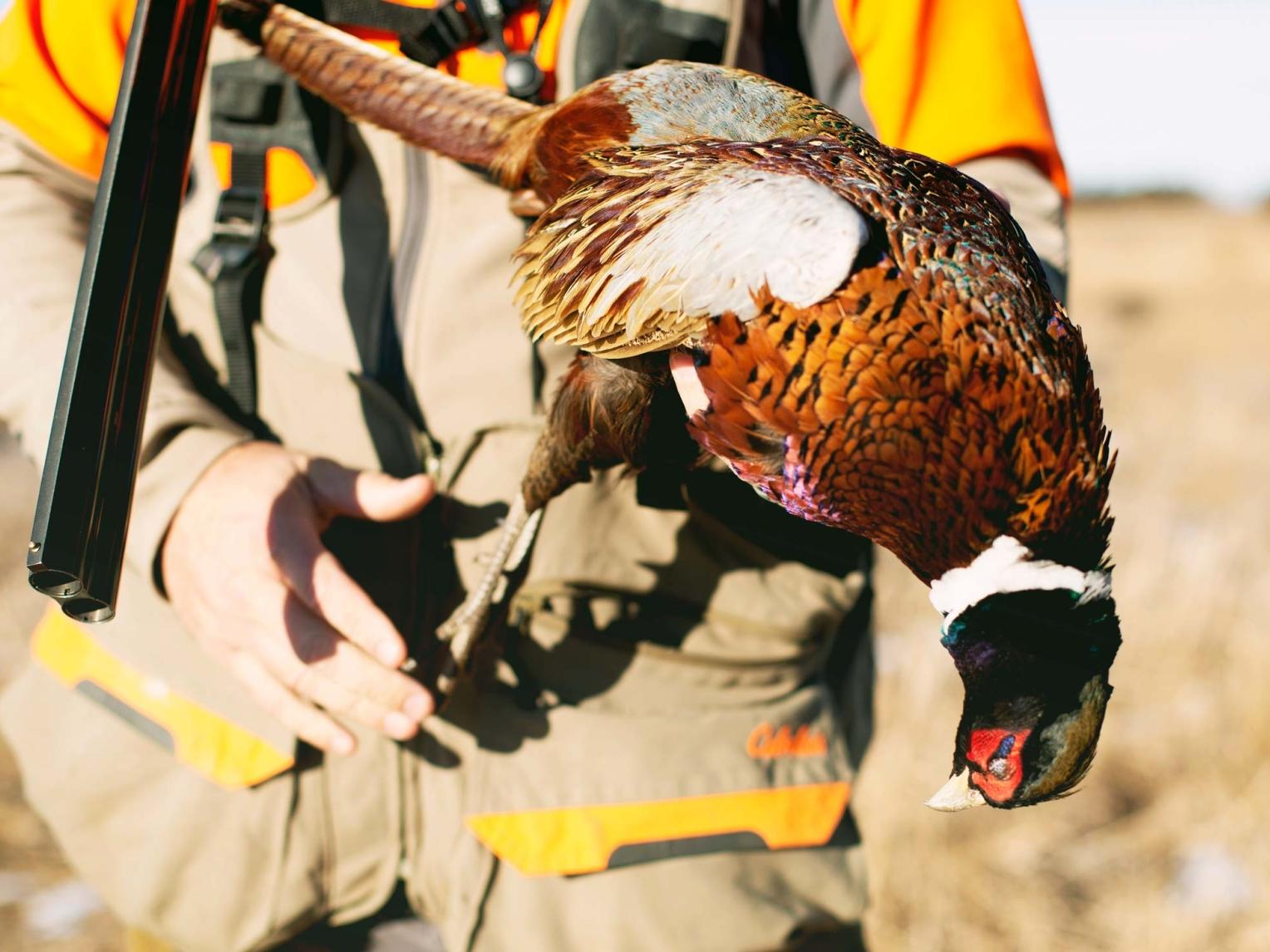


Hunters in South Dakota harvest more than 1 million birds every year. When prepared with the right gear and knowledge, you’ll be one of those hunters contributing to that incredible harvest number. However, be sure to always keep in mind that hunting is about so much more than the actual harvest. Spending time in nature is invaluable. Experiencing our natural world as a participant — and feeling an intimate connection to a place — is priceless.





